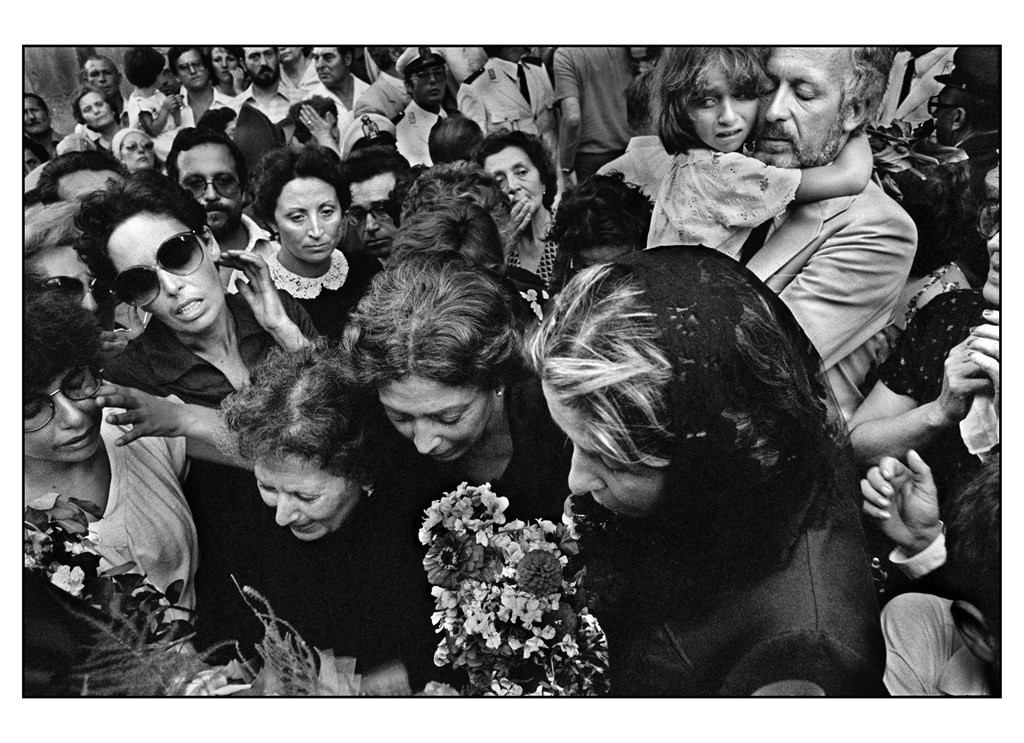There must be possible a fiction which, leaving sociology and case histories to the scientists, can arrive at the truth about the human condition, here and now, with all the bright magic of the fairy tale.
The Tools of Sociology
(Part B)
by
Charles Lamson
Basic Methods
Once the researcher has specified a question, developed hypotheses, and reviewed the literature, the next step is to decide on the method or methods to be used in conducting the actual research. Sociological research methods are the techniques an investigator uses to systematically gather information, or data, to help answer a question about some aspect of society. The variety of methods that may be used is vast, with the choice of a method depending largely on the type of question being asked. The most frequently used methods are observation, experiments, and surveys. All these will be covered in the next several posts. This post focuses on observation.
 |
Observation
Participant Observation Much sociological research requires direct observation of the people being studied. Community studies like Hall's work on the People's Temple are based on lengthy periods spent observing a particular group. This research method is rarely successful unless the sociologist also participates in the daily life of the people he or she is observing---that is, becomes their friend and a member of their social group. Therefore the central method of community studies is known as participant observation. The sociologist attempts to be both an objective observer of events and an actual participant in the social milieu under study---not an easy task for even the most experienced researcher. In such situations the observer faithfully records his or her observations and interactions in field notes, which supply the descriptive data that will be used in the analysis and writing phases of the study.
An excellent example of a study based on participant observation Is Donna Gaines's study Teenage Wasteland (1998). Gains spent many months hanging out and speaking with teenagers in a relatively affluent suburban community adjacent to a large central city. Many of the teenagers lived lives devoted to school, family, and part-time jobs. But others became what Gains called "suburbia's dead-end kids." They experimented with drugs, where attracted to satanism and heavy metal rock music, and flirted with violence and suicide, sometimes with tragic consequences. These young people, who often thought of themselves as "burnouts," described their lives to Gains because she listened to them and showed that she could be trusted. In the beginning they tested her by giving her information and telling her not to share it with other kids. Once they saw that she did not divulge secrets, she was able to learn much more about their behavior. And by listening carefully she also learned how some kids who seem to be a dead-end are actually struggling to create a better world for themselves, often against great odds.
This kind of research describes the quality of life of the people involved; therefore it is often called qualitative research in order to distinguish it from the quantitative research methods we will consider shortly.

Another excellent example of a study based on participant observation is Douglas Harper's classic Good Company (1982). Harper spent many months riding on freight trains and living in "hobo jungles." His goal was to describe how hoboes, or tramps or bums as they are often called, actually live and how they learn to trust or distrust one another in a world considered deviant by members of "respectable society." Harper had to learn how to live the nomadic and often dangerous life of the hobo, which meant that he needed to establish a relationship with someone in that life who could serve as his mentor. The successful participant observer usually finds at least one such person. In Harper's case, a hobo named Carl made it possible for him to participate in, and therefore to understand and write about, the hobo's world.
Qualitative research carried out in the field where behavior is actually occurring is the best method for analyzing the processes of human interaction. If Donna Gaines had not spent a good deal of time with suburban teenagers, she would not have obtained nearly as many insights into their behavior. A shortcoming of this approach, however, is that it is usually based on a single community, group, or social system, which makes it difficult to generalize the findings to other social settings. Thus community studies and other types of qualitative studies are most often used for explanatory research, and the findings serve as a basis for generating hypotheses for further research.
Unobtrusive Measures Observation can employ numerous other techniques besides direct participation. Among these are unobtrusive measures, observational techniques that measure the effects of behavior but intrude as little as possible into actual social settings. Here are some examples:
The floor tiles around the hatching chick exhibit at Chicago's Museum of Science and Industry must be replaced every six weeks. Tiles in other parts of the museum need not be replaced for years. The selective erosion of tiles, indexed by the replacement rate, is a measure of the relative popularity of exhibits.  Chinese Jade dealers have used the pupil dilation of their customers as a measure of the client's interest in particular stones. . To study changes in the diet of Americans, investigators sifted through more than 2,000 household trash collections to measure the amount of fat being trimmed from meat packages.
Observations like these can be transformed into useful measures of the variable under study. Their nature is limited only by researcher's creativity, and they intrude far less into people's lives than do interviews or participant observation.
Visual Sociology An increasingly popular set of observational techniques involves the use of photography and video tape, or visual sociology. These techniques can be just as obtrusive as interviewing if not more so, but they can also be used in unobtrusive ways, depending on the questions being asked. A classic example of the use of photographic data is the work of the French anthropologist Claude Levi-Strauss. His extensive exploration in Brazil in the late 1930s provided priceless images of what life was like for the indigenous tribes of the Amazonian region before the most powerful effects of conquest and forced modernization began to be felt. Levi-Strauss created a photographic record of his interactions with the tribespeople; the results offer some glimpses of what social scientific field research in simpler societies was like during the early part of the 20th century. Many of his photos also show how rapid social change was altering the life of the Indians.
Another powerful example of visual sociology is found in the work of Letizia Battaglia and Francis Zecchin (1989), whose photographic studies of violence and Mafia influence in the Sicilian town of Palermo offer unique insights into the way organized crime pervades the life of a city. Their photos such as the one down here of people mourning for a loved but criminal family member, reveal how life is lived among people for whom organized crime and murder are a fact of daily existence in a world of poverty and relative lack of opportunity.

Applying your sociological imagination to visual material can be both interesting and informative. Levi-Strauss's work and the photos of Battaglia and Zecchin are only two examples of the rich vein of visual sociology that is captured in photographs. Similar examples appear throughout this analysis. In addition to photographs, works of fine art can provide insight into the societies in which they were created.
*SOURCE: SOCIOLOGY IN A CHANGING WORLD, 6TH ED., 2003, WILLIAM KORNBLUM, PP. 33-35*
end
|

No comments:
Post a Comment